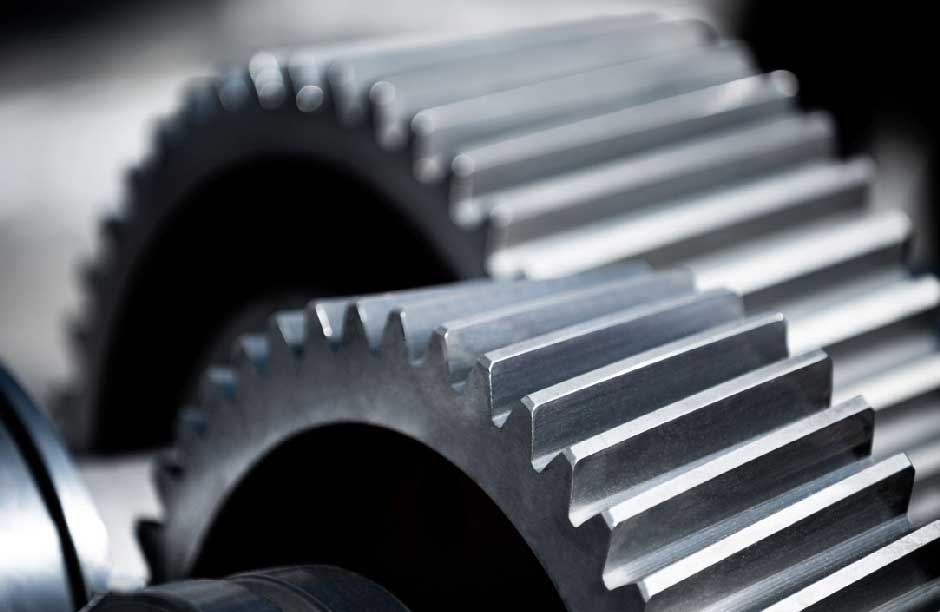Skip to the good bit
ToggleAdvanced motion control technologies are essential for high-precision industrial applications to ensure accuracy, efficiency, and consistency. Selecting the right system directly influences the quality and reliability of operations, especially in sectors like robotics, manufacturing, and aerospace. Understanding various motion control technologies’ capabilities, strengths, and limitations is essential for making informed decisions.
Exploring Options When You Buy Rotary Actuators
If you plan to buy rotary actuators, comparing them against other motion control solutions is crucial to determining the best fit for your application. Rotary actuators, linear actuators, and direct drive motors each offer unique benefits, but the choice depends on specific performance requirements, environmental conditions, and load dynamics.
Rotary actuators excel in applications requiring controlled rotational motion. Their ability to provide precise angular displacement makes them suitable for tasks like positioning robotic joints or operating valves. However, they are just one of many motion control options available.
Rotary Actuators: Precision in Rotational Control
Rotary actuators convert energy into controlled rotational motion. They cater to various industrial needs in electric, pneumatic, or hydraulic configurations. Electric rotary actuators are particularly favored in high-precision applications due to their superior control, programmability, and integration capabilities.
Key advantages include:
- High accuracy: Electric rotary actuators offer precise positioning with minimal backlash.
- Programmable control: Advanced models allow complex motion sequences and integration with automation systems.
- Energy efficiency: Electric systems consume less energy than pneumatic or hydraulic alternatives.
However, they may not provide the same torque output as hydraulic actuators, making them less suitable for heavy-duty applications.
Linear Actuators: Direct Translational Movement
Linear actuators convert energy into straight-line motion, which is essential for applications requiring translational movement. They are commonly used in material handling, conveyor systems, and CNC machinery.
Advantages of linear actuators:
- Simplicity: Straightforward design makes them easy to implement.
- Precision: Ball screw and lead screw variants offer high positional accuracy.
- Load handling: Capable of supporting significant axial loads.
However, linear actuators may not be ideal for tasks requiring complex rotational movement, limiting their application in specific high-precision scenarios.
Direct Drive Motors: Seamless MoDirect-drive
Direct-drive motors eliminate intermediary components like gearboxes or belts, connecting the motor directly to the load. This setup provides exceptional precision and responsiveness, often making it the preferred choice for applications demanding ultra-high accuracy.
Benefits of direct drive motors:
- Zero backlash: Direct connection ensures no mechanical play.
- High responsiveness: Immediate reaction to control inputs enhances accuracy.
- Reduced maintenance: Fewer moving parts lower the risk of mechanical failure.
Despite these advantages, direct drive systems can be more expensive and may require sophisticated control systems, increasing overall complexity.
Factors to Consider When Choosing Motion Control Technologies
Selecting the appropriate motion control technology involves evaluating several critical factors:
- Precision requirements: Consider the level of accuracy and repeatability needed.
- Load dynamics: Analyze load weight, inertia, and distribution to determine torque or force requirements.
- Speed and acceleration: Assess how quickly the system needs to move and respond.
- Environmental conditions: Factor in temperature, humidity, and exposure to dust or corrosive materials.
- Integration needs: Ensure compatibility with existing automation systems and control protocols.
Understanding these distinctions helps select a solution that aligns with the specific demands of high-precision industrial applications.
Optimizing Performance Through the Right Choice
The effectiveness of a motion control system hinges on selecting the right technology for the task. Rotary actuators offer a balanced combination of accuracy, energy efficiency, and programmability for applications requiring precise rotational control. Linear actuators serve best when straightforward translational motion is needed, while direct drive motors excel in scenarios demanding ultra-high precision and responsiveness.
Collaborating with experts and thoroughly evaluating system requirements can streamline decision-making, ensuring optimal performance and long-term reliability.
Ready to Select the Perfect Motion Control Solution?
Choosing the ideal motion control technology for high-precision applications is critical to achieving efficiency and accuracy. Whether you plan to buy rotary actuators, implement linear systems, or explore direct drive motors, understanding their unique benefits and limitations ensures an informed decision. Evaluate your application’s needs and select a solution that enhances performance and reliability.







